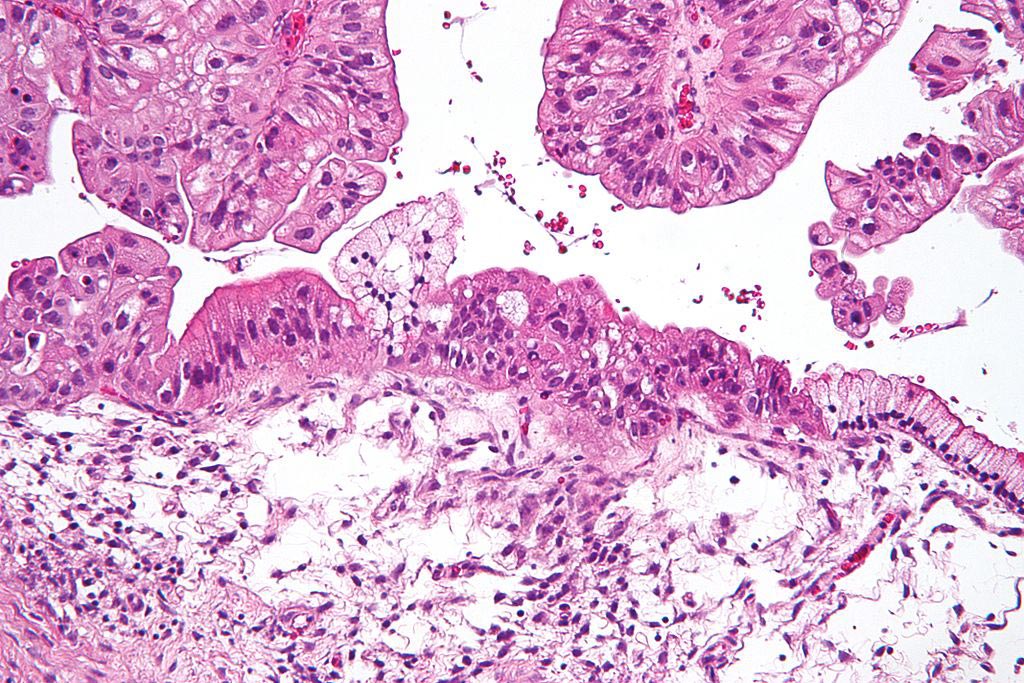Regulatory Role of Long Non-Coding RNAs Defined
By LabMedica International staff writers
Posted on 12 Dec 2017
The long non-coding RNA DNM3O has been found to regulate the processes that lead to metastasis and the high mortality of ovarian cancer.Posted on 12 Dec 2017
Long non-coding RNAs (lncRNAs) are considered to be non-protein coding transcripts longer than 200 nucleotides. This somewhat arbitrary limit distinguishes lncRNAs from small regulatory RNAs such as microRNAs (miRNAs), short interfering RNAs (siRNAs), Piwi-interacting RNAs (piRNAs), small nucleolar RNAs (snoRNAs), and other short RNAs. LncRNAs have been found to be involved in numerous biological roles including imprinting, epigenetic gene regulation, cell cycle and apoptosis, and metastasis and prognosis in solid tumors. Most lncRNAs are expressed only in a few cells rather than whole tissues, or they are expressed at very low levels, making them difficult to study. Their name notwithstanding, long non-coding RNAs (lncRNAs) have been found to actually encode synthesis of small polypeptides that can fine tune the activity of critical cellular components.

Image: Intermediate magnification micrograph of a low malignant potential (LMP) mucinous ovarian tumor (Photo courtesy of Wikimedia Commons).
This high mortality of ovarian cancer is primarily caused by resistance to therapy and the diagnosis of ovarian cancer after it has already metastasized, which occurs in approximately 80% of patients. Little is understood about the contribution of lncRNA to epithelial-to-mesenchymal transition (EMT), which correlates with metastasis.
Investigators at Thomas Jefferson University (Philadelphia, PA, USA) sought to establish a connection between lncRNAs and EMT in ovarian cancer. To this end, they performed an integrated analysis of more than 700 ovarian cancer molecular profiles, including genomic data sets, from four patient cohorts.
Results published in the November 17, 2017, online edition of the journal Nature Communications revealed a direct link between overexpression of the lncRNAs DNM3OS, MEG3, and MIAT and their reproducible gene regulation in ovarian cancer EMT. Genome-wide mapping showed 73% of MEG3-regulated EMT-linked pathway genes contained MEG3 binding sites. DNM3OS overexpression, but not MEG3 or MIAT, significantly correlated to worse overall patient survival. In contrast, DNM3OS knockdown resulted in altered EMT-linked genes/pathways, mesenchymal-to-epithelial transition, and reduced cell migration and invasion.
“Overexpression of one of the lncRNAs, DNM30S, was significantly correlated with worse overall ovarian cancer patient survival,” said senior author Dr. Christine Eischen, professor of cancer biology at Thomas Jefferson University.
Related Links:
Thomas Jefferson University













